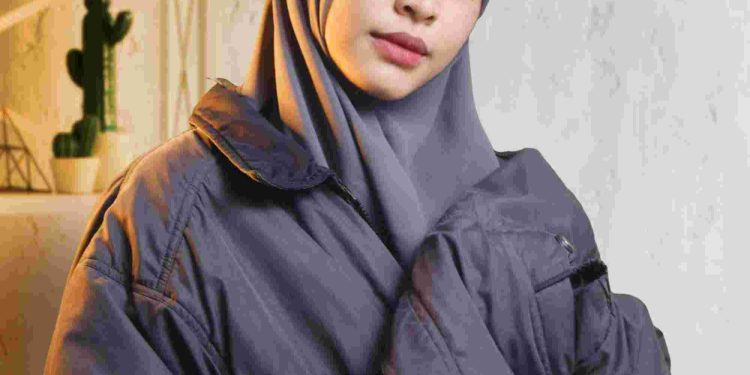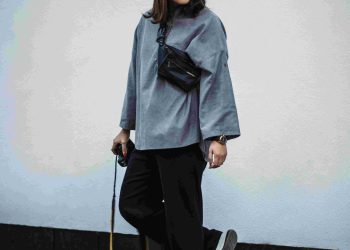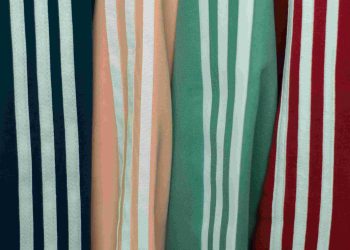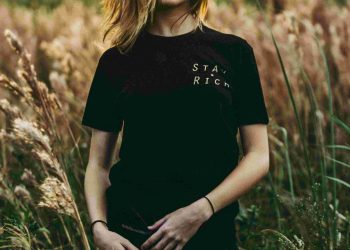Rebellious Fashion Trends
Why Rebellion Defines Fashion
The world of fashion has never been about conformity; it thrives on rebellion. The boldest trends in history were born not from complacency, but from defiance. Think of the flappers of the 1920s who cut their skirts and their hair short, or the punk rockers of the 1970s who adorned themselves with leather, chains, and attitude. What makes fashion truly awe-inspiring is its ability to challenge norms and expand perspectives.
But rebellion doesn’t just shake up wardrobes; it transforms societies. When you think about it, every hemline raised or norm-defying color palette adopted is a statement—a small, wearable symbol of broader cultural shifts. Fashion dares people to rethink boundaries, to challenge authority, and to express individuality.
From Personal Styling to Defying Systems
I remember the first time I chose an outfit that raised eyebrows—plaid pants paired with an oversized leather jacket. It wasn’t just a fashion choice; it was my way of standing against a rigid, rule-bound school environment. My look was met with criticism by some and intrigue by others, but for me, it was liberating. I learned that style is power—it can give you a voice even when you feel silenced.
Yet, this personal rebellion is only one thread in the larger fabric of systemic change. Fashion revolts against more than just expectations; it rebels against injustices. Today, fast fashion is being questioned not just for its environmental costs, but for its ethical debt—a debt fueled by exploitative labor practices. In response, many people and brands are championing sustainable materials and transparent supply chains, challenging an industry that has long rewarded profit at all costs. The clothes you choose could very well be a declaration of ethics, not just aesthetics.
What Psychology and Philosophy Teach Us About Fashion
Nietzsche once said, “You must have chaos within you to give birth to a dancing star.” Fashion, in its rebellious essence, is that dancing star. At its core, rebellion in fashion taps into deep psychological needs: the desire for autonomy, self-expression, and even connection. We crave to be seen as individuals, yet paradoxically, we also want to belong to movements bigger than ourselves.
From a psychological perspective, this drive to break away from norms speaks to our need to negotiate between freedom and structure. Too much conformity suffocates; too much rebellion isolates. Fashion offers a playful, creative middle ground, a way of saying, “I see the rules, but I choose to rewrite them.” And in modern times, this negotiation has moved beyond runways to digital platforms, where algorithms and global communities shape and reflect our tastes.
Philosophically, fashion challenges one of humanity’s biggest questions: Who are we? Are we the sum of what we present to the world or something more intangible? Rebellious trends push us to examine these questions. They remind us that identity isn’t static; it evolves, just like style.
Predicting Future Trends
The future of fashion isn’t just in the garments—it’s in the technologies, ideas, and ethics driving them. Imagine a world where every piece of clothing is personalized to your body through 3D printing. Visualize garments embedded with smart fabrics that monitor your health or adapt to weather changes on the spot. These innovations won’t just revolutionize how we dress; they’ll redefine how we interact with the world around us.
We’re also on the cusp of seeing artificial intelligence play a dominant role in designing—and disrupting—what we wear. AI-powered tools could democratize fashion design, putting creative power in the hands of everyday people. However, this technological leap isn’t just about convenience; it questions traditional notions of artistry and originality. Can fashion created by an algorithm truly be rebellious?
Moreover, there’s a growing trend of valuing longevity over novelty. In a world grappling with climate change and consumer fatigue, timeless designs may become the real rebellion. Owning fewer but higher-quality pieces could be the ultimate form of resistance in a consumption-driven society.
Practical Steps for Joining the Rebellion
-
Experiment Fearlessly:
Stop obsessing over rules. Try unconventional color combos, mix patterns, or explore genres you’ve never worn before. Unleash your creativity without fear of judgment. -
Support Ethical Brands:
Research and support those striving for transparency, sustainability, and fair treatment of workers. You can learn about their practices online before making a purchase. -
Thrift and Upcycle:
Rebellion doesn’t require breaking the bank. Buy second-hand items or customize your existing pieces to give them a new life. It’s budget-friendly, sustainable, and absolutely unique. -
Educate Yourself:
Dive into the history of fashion rebellions, from Coco Chanel’s feminist-inspired suits to the Black Panthers’ revolutionary sartorial statements. Understanding the roots of rebellion can inspire your personal style choices. -
Lead by Example:
Encourage others to find their voices through fashion. Share your insights, challenge toxic norms, and help create a community around self-expression.
Fashion as Ongoing Education
To embrace rebellious fashion is to commit to a lifetime of learning. It’s about more than trends; it’s about understanding yourself, your culture, and your world. Fashion forces us to think critically about our choices, question societal norms, and even confront uncomfortable truths. This journey isn’t about perfection but progress—about continuous exploration and self-improvement.
Ultimately, rebellious fashion is a tool for empowerment. It’s a platform for challenging authority, expressing creativity, and inspiring change. Whether on the runway, in a classroom, or on the streets, it encourages individuals to take risks, be bold, and never stop evolving.












